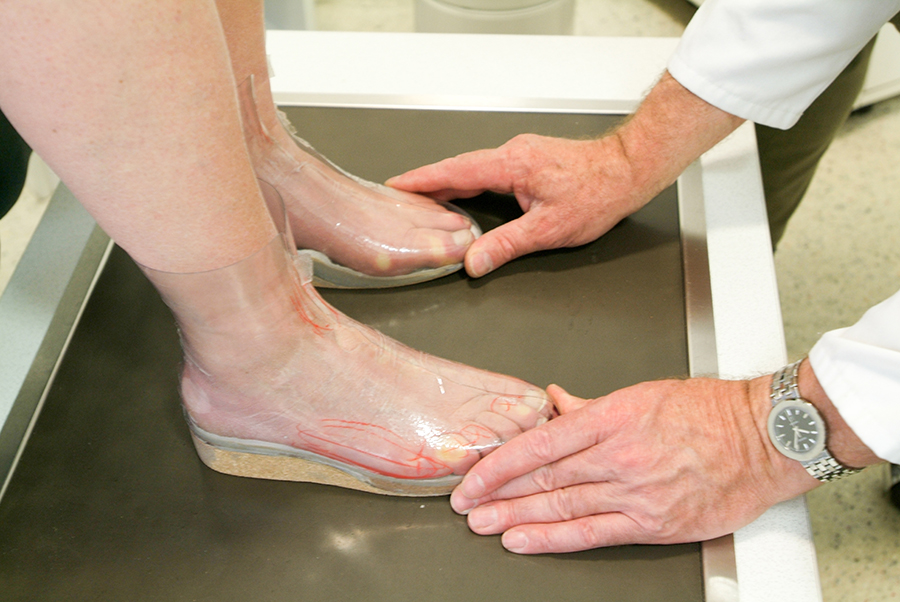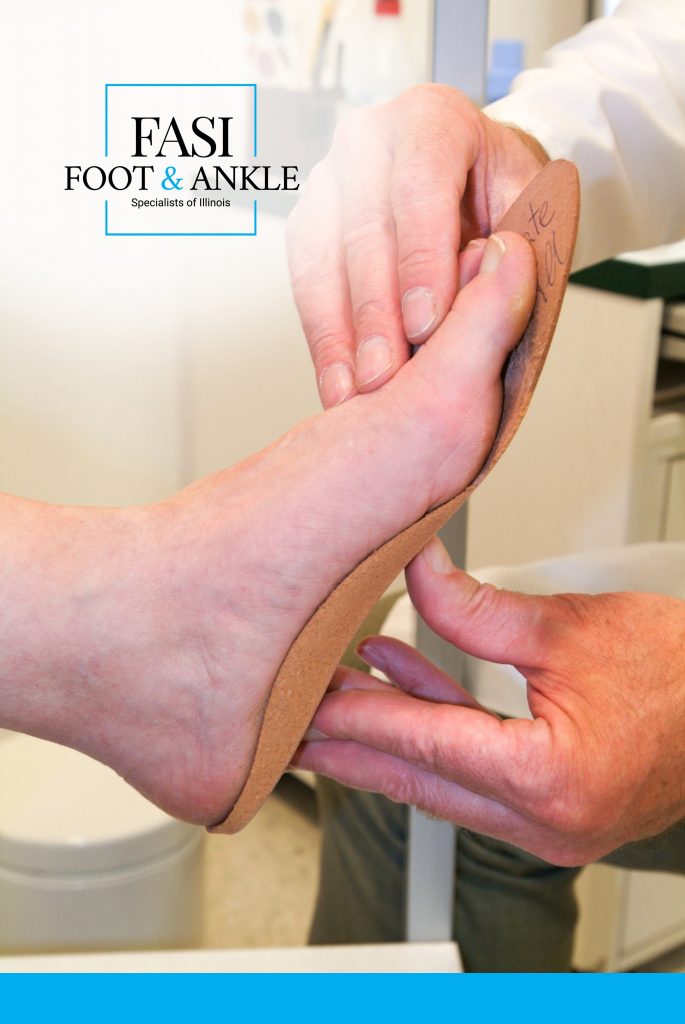Strategies for Long-Distance Skiing Fit Northglenn CO
Strategies for Long-Distance Skiing Fit Northglenn CO
Blog Article
Strategies for Long-Distance Skiing Fit Dacono CO
Boot fitting for ski racing is a vital aspect of the sport, enjoying a significant position in performance and comfort. A well-fitted boot can improve management, precision, and total enjoyment on the slopes. Ski racing requires the skier to exert immense pressure on their boots, making the right fit a crucial part in attaining optimum performance.
The strategy of boot fitting involves a number of intricate steps, starting with understanding the skier's foot shape and dimension. Every foot is exclusive, and various brands have totally different final widths, heel shapes, and instep heights. A skilled boot fitter will take precise measurements, ensuring that the skier's foot is accurately represented in the selected boot model.
Once the measurements are obtained, the subsequent stage is the number of boots that align with the skier's ability level and racing goals. For novice racers, a softer boot might present some forgiveness and luxury. In distinction, extra superior racers typically require stiffer models that facilitate greater energy transfer for heightened control, particularly at high speeds.
After selecting the best boot, the fitting process really begins. This is the place the boot fitter meticulously focuses on creating a customized fit, typically known as "shell fitting." The boot is tried on with out the liner, allowing the fitter to assess how the shell of the boot contacts the foot. Gaps or pressure points may be identified easily at this stage, with the aim being to get rid of any areas that would lead to discomfort over time.
Personal Experience with Boot Fitting Nederland CO
Heat molding is doubtless certainly one of the most significant elements of boot fitting. This includes heating the liner and typically even the shell, allowing it to mold around the skier’s foot. A correctly molded liner hugs the foot snugly, providing both heat and comfort. This warmth can prevent chilly toes throughout lengthy days on the slopes, a problem that many racers face.
While heat molding is crucial, so is making fine adjustments in the course of the fitting. Often, minor tweaks corresponding to footbeds or insoles may be essential. A customizable footbed can considerably improve fit, cushioning, and general help. It can also enhance alignment, which is prime for minimizing fatigue and sustaining management during high-speed runs.
Men's and Women's Ski Boots Fit Westminster CO
It’s essential to consider the flex index of the ski boots. Various manufacturers price flex in another way, however typically, junior racers require a softer flex to promote mobility and adaptability as they're still creating skills. More superior rivals usually go for a stiffer flex that interprets into better vitality transmission and responsiveness when carving turns.
Another consideration in boot fitting for ski racing is the stance alignment. Proper alignment of knees, hips, and ankles is important for efficient energy switch and preventing accidents. The boot fitter will assess this alignment and make adjustments, if essential, to ensure that the skier is in one of the best place for performance.
Strategies for Long-Distance Skiing Fit Loveland CO
The function of socks cannot be missed in terms of boot fitting. Specialized ski socks, usually made from materials designed for moisture-wicking and insulation, play an important role in sustaining warmth. Additionally, they may help minimize friction contained in the boot itself, reducing the chance of blisters during prolonged periods of snowboarding.
Communication between the skier and the boot fitter is essential throughout the fitting process. Skiers ought to voice any discomfort or pressure points they could really feel, allowing the fitter to handle those issues instantly. This back-and-forth helps ensure the ultimate product will meet the skier's specific needs and preferences.
Preparing for Outdoor Boot Fitting Arvada CO
Finally, making an attempt the boots on the snow is irreplaceable. An initial fitting can really feel nice in the shop, however skiing puts a different set of demands on the boots. If a skier can, they need to test the fit on a apply run or coaching course to confirm comfort and performance. This real-world testing helps to establish minor adjustments that received't have been apparent in the course of the fitting.
In conclusion, boot fitting for ski racing is a meticulous and personalized process that tremendously impacts a skier’s performance. The correct fit enhances comfort, ensures control, and minimizes the risk of damage. By investing time and a focus into finding the best boots, racers can focus on what they love most – the joys of the race.
The collaboration between the skier and the boot fitter is essential in navigating this complicated journey. A excellent fit not solely improves performance but also fosters enjoyment within the sport. Through high quality fitting, attention to detail, and customized changes, skiers can make the most of their racing expertise and attain their full potential on the slopes.
- Precise measurements of foot length and width are essential for attaining a snug fit, minimizing motion that may affect performance during races.
- Ski boot liners ought to be heat-molded to make sure a custom fit, permitting for enhanced comfort and improved energy transfer to the ski.
- The flex rating of a ski boot ought to match the athlete's skiing type, with stiffer boots really helpful for advanced racers who require better control at high speeds.
- Ankle and heel hold is essential; fit specialists often employ numerous methods to make sure these areas are securely locked in place.
- Proper alignment of the boot cuffs can considerably impact balance and edge control, making it critical for racers to have well-adjusted cuff positioning.
- The tongue of the boot should ideally present constant pressure throughout the instep, preventing discomfort and enhancing responsiveness.
- Using footbeds or custom insoles can improve foot support, providing better stability and reducing fatigue during long races.
- Attention to vent placement is important; adequate ventilation helps regulate temperature, preventing numbness or discomfort during runs.
- Evaluating the skier's technique and stance can guide specific boot adjustments, tailoring the fit to boost total performance on the racecourse.
- Consistent follow-up changes post-fitting may help handle any discomfort which will come up during training, making certain peak performance throughout competitions.undefinedWhat is boot fitting for ski racing?
Custom Boot Fitting Recommendations Niwot CO
Boot fitting for ski racing is the process of customizing ski boots to ensure optimal fit, comfort, and performance on the slopes. It involves adjusting various elements to reinforce your snowboarding expertise and obtain extra environment friendly power transfer.

Why is proper boot fitting necessary for ski racing?
Personal Experience with Boot Fitting Superior CO
Proper boot fitting is crucial for ski racing as a result of it allows for higher management, responsiveness, and luxury. A well-fitted boot might help forestall accidents and enhance total performance by ensuring that skiers can keep correct approach and stability.
How do I know if my ski boots fit correctly?
You can determine if your ski boots fit appropriately by checking for a comfortable fit with out pressure points. Boot Fitting Resources for Skiers Longmont CO. When buckled, your toes should barely brush the entrance of the boot, and there must be minimal motion of your heel. A certified boot fitter can even conduct a professional evaluation
Ski Boot Fit Discussions Dacono CO
What customizations may be done in the course of the boot fitting process?
Customizations during the boot fitting process can embody heat molding liners, adjusting buckles, adding custom footbeds, and modifying the shell. Each adjustment is tailored to accommodate your unique foot shape and snowboarding type, enhancing comfort and performance.
How lengthy does the boot fitting process take?
Ski Boot Fit Essentials for Varied Terrain Firestone CO
The boot fitting process typically takes wherever from 1 to three hours, depending on the level of customization wanted. This timeframe allows for thorough evaluations, adjustments, and testing to make sure the finest possible fit.
Can I ski immediately after getting my boots fitted?
It's advisable to permit a while to break in your newly fitted boots earlier than heading out to ski. While you presumably can certainly attempt them on and walk round in them, snowboarding with them for a few hours helps guarantee they settle into the fit and enhance comfort.
How usually ought to I get my ski boots fitted?
The Art of Ski Boot Customization Lyons CO
It's really helpful to get your ski boots fitted each few seasons or every time there are noticeable modifications in your foot shape, discomfort arises, or in case your skiing style modifications considerably. Regular evaluations assist keep one of the best fit and performance.
What ought to I bring to a boot fitting appointment? (Custom Boot Fittings Explained Longmont CO)
For a boot fitting appointment, wear or deliver the socks you sometimes ski in, as they can affect fit. Additionally, contemplate bringing any current ski gear, similar to your skis and bindings, to help the fitter assess your complete setup.
Signs You Need a Boot Fitting Superior CO
Are there special considerations for girls or racers with unique foot shapes?

Yes, women and racers with unique foot shapes may have specialized boots or custom modifications. Women's ski boots typically have different flex patterns and shapes, while distinctive foot shapes may require custom footbeds or shell modifications for optimal performance.
What if I experience discomfort after my boot fitting?

If you experience discomfort after your boot fitting, it is essential to return to your fitter. They can assess the problems and make essential adjustments (Custom Boot Fitting Packages Available Longmont CO). Addressing discomfort early on can stop performance issues and improve your skiing experience
navigate here explanation Report this page